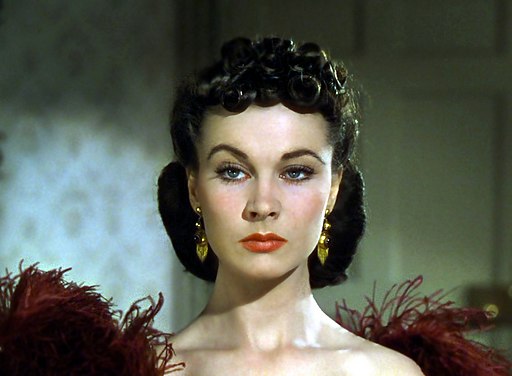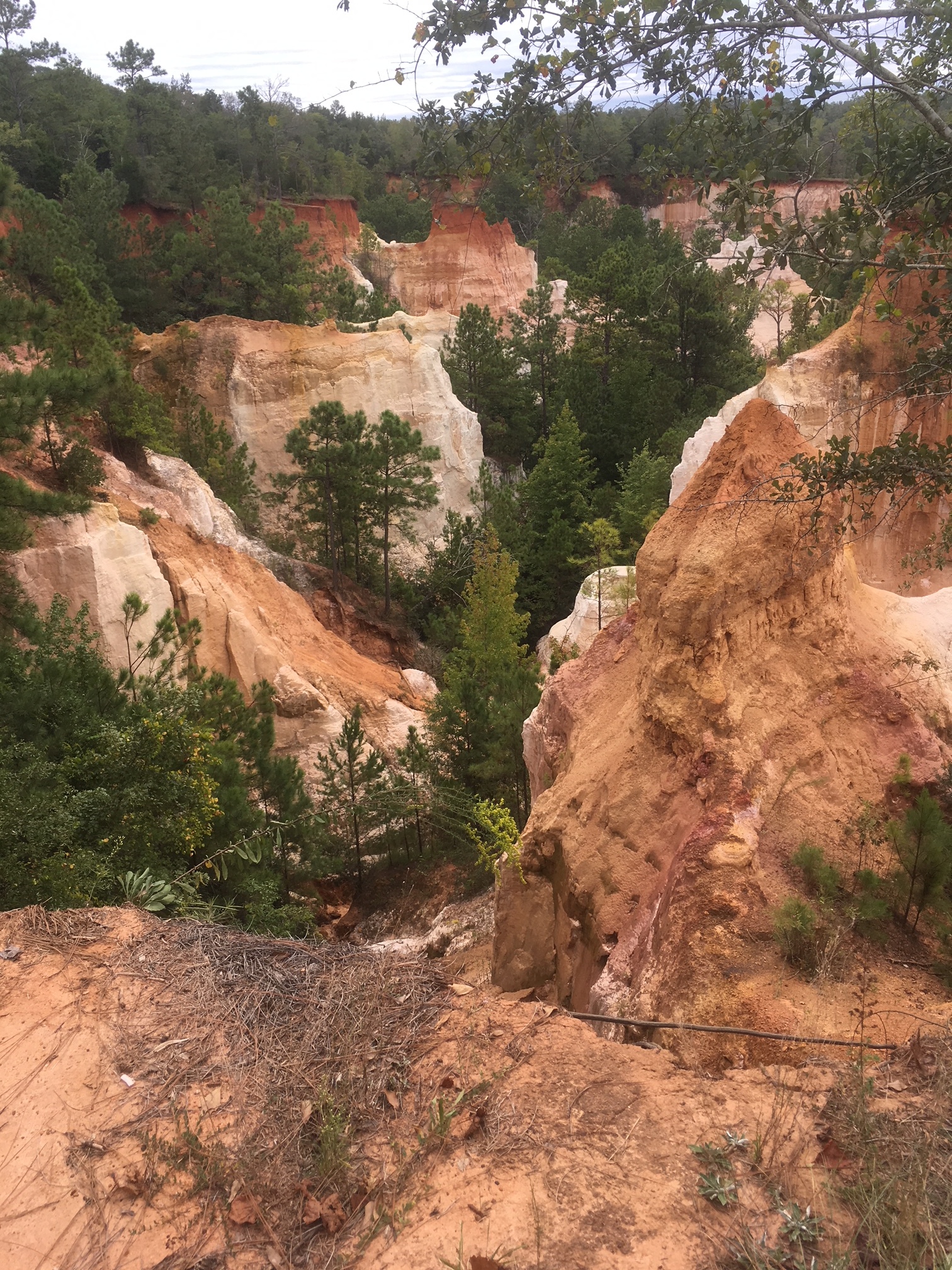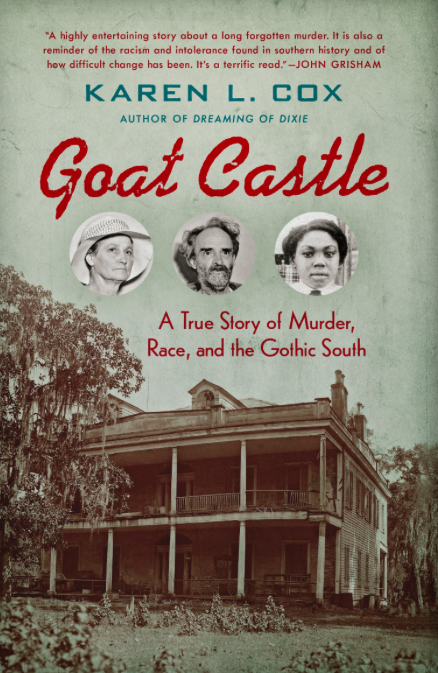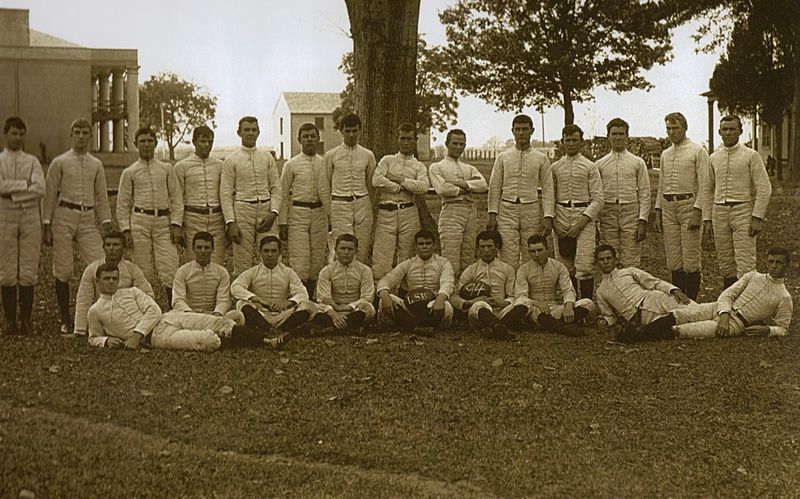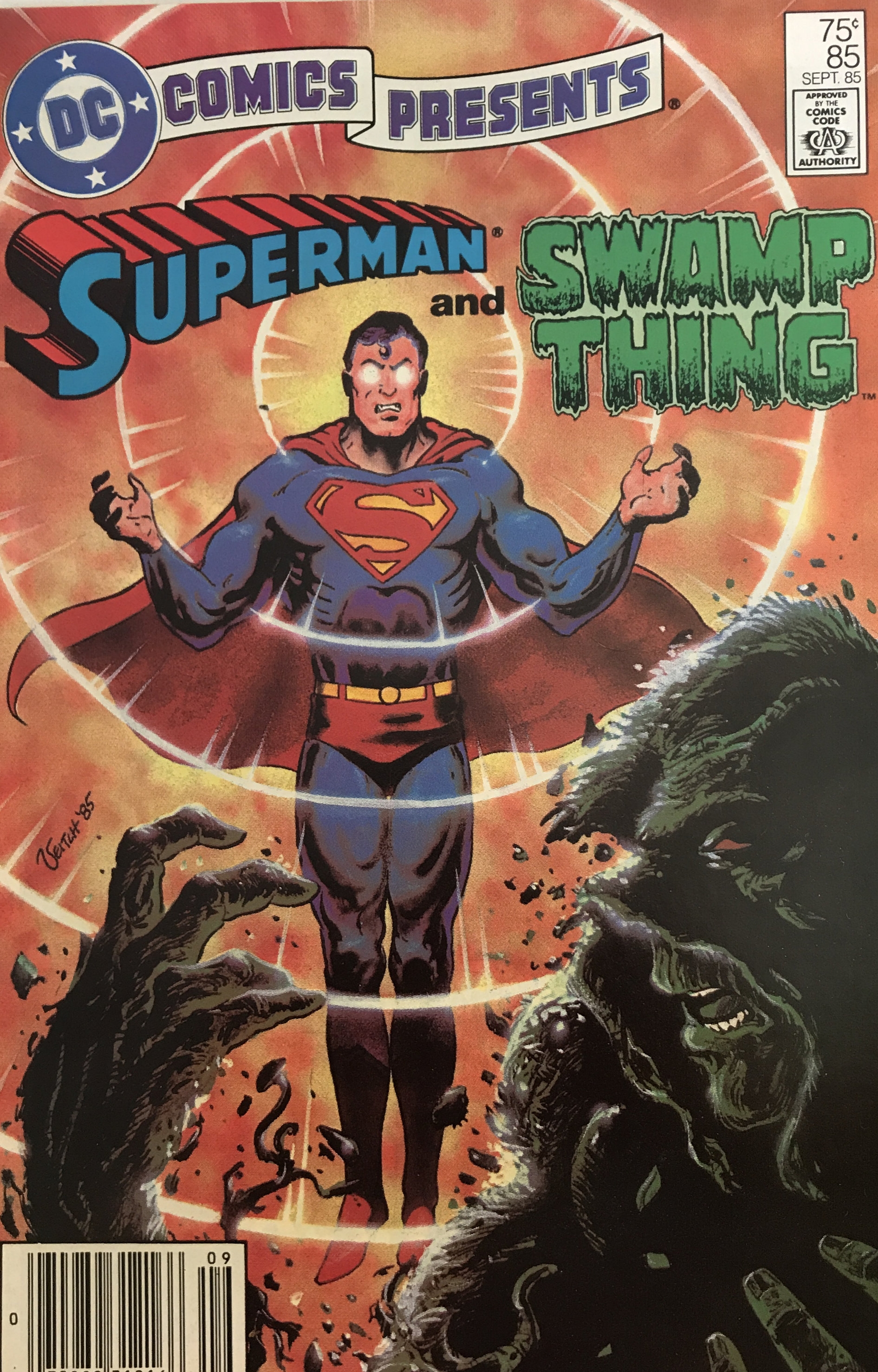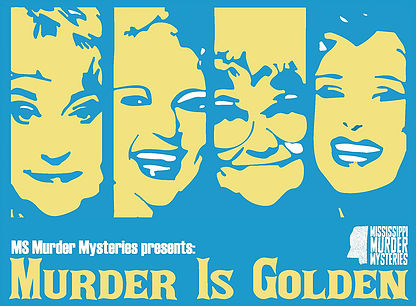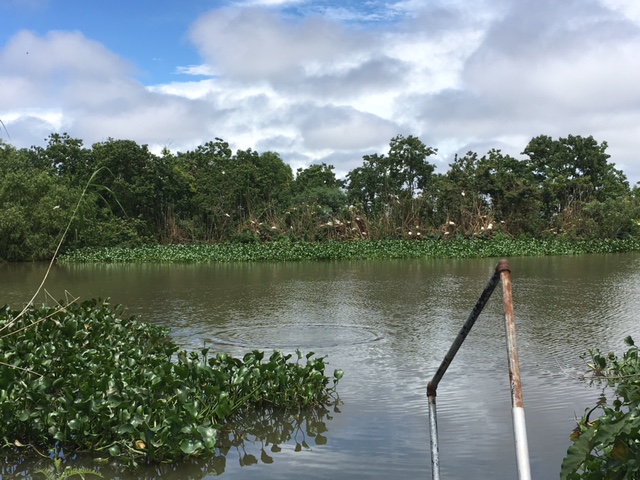He also provided us with some excellent slogans for future About South merchandise including “I come from the land of blue crayfish,” “I’m proud to be a crayfish-person,” “Bitter Blue-Crayfisher,” and “Garden and Crayfish.”
Along with first-season guest Scott Romine, Jon is currently working on a project about southern food, so we next turned our attention to cornbread. Citing a passage from The Southerner’s Handbook: A Guide to Living the Good Life, Jon demonstrates how contemporary southern food culture becomes a carrier of regional identity, attempting to construct a white southern identity that isn’t about slavery. He notes that until recently, “southern food” didn’t exist: it was just food. The way some southern publications discuss food today may appear, at first, racially inclusive, and invested in building a better south; however, the rhetoric is still invested in the fantasy of southern exceptionalism, which causes far more problems than it solves. Jon argues that if we want to make things better, we need to proceed from a realistic assessment of where we are, and popular forums about the south tend to willfully ignore foundational truths about the region.
Our conversation then turns to the Appalachian Trail and Cahaba National Wildlife Refuge. Jon was back in the south to visit national, state, and local parks for a research project he’s currently undertaking. Although the Appalachian Trail is over 2,000 miles long, Jon notes that, interestingly, knowing that someone lives close to the Appalachian Trail provides more useful information about their home than knowing that someone lives in “the south.” Moving on to the Cahaba Lily, a rare lily that only grows in the shoals of a few rivers in Alabama, Jon points out that Alabama is the fifth-most biologically diverse state in the country, and it is much more logical to be proud of Alabama for its nature—and the collective political action required to protect it—than it is for us to be proud of the south or southern heritage, which is based on a fiction. “We all know what’s bad about the south,” Jon states, “and that’s why we want to talk about cornbread instead, but why not talk about the Cahaba lily? Not as southern, but as part of what is amazing about Alabama.”
















